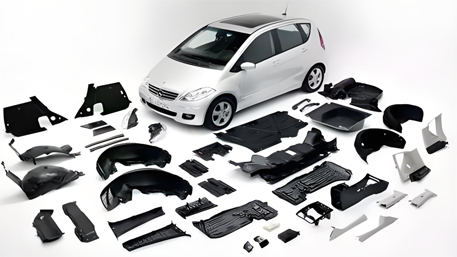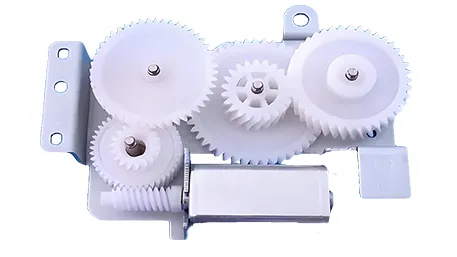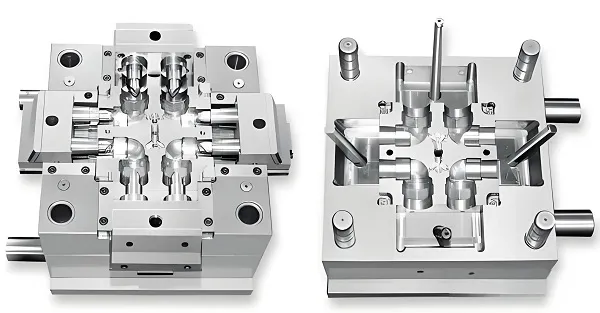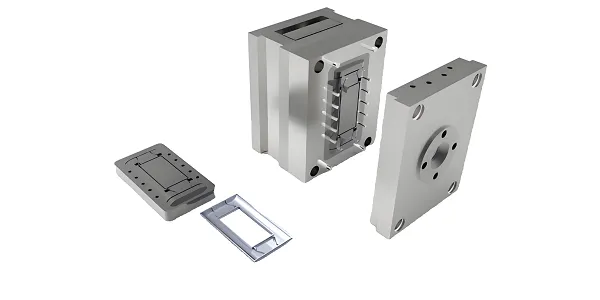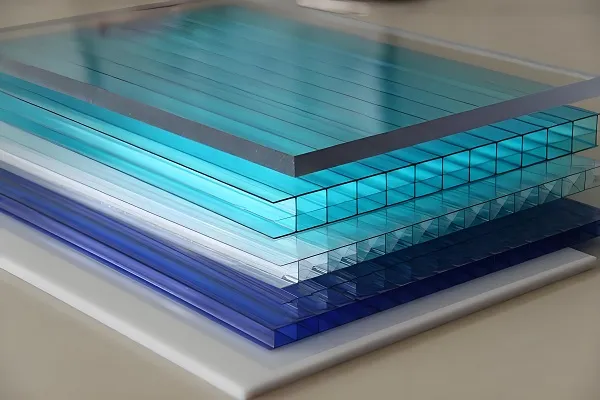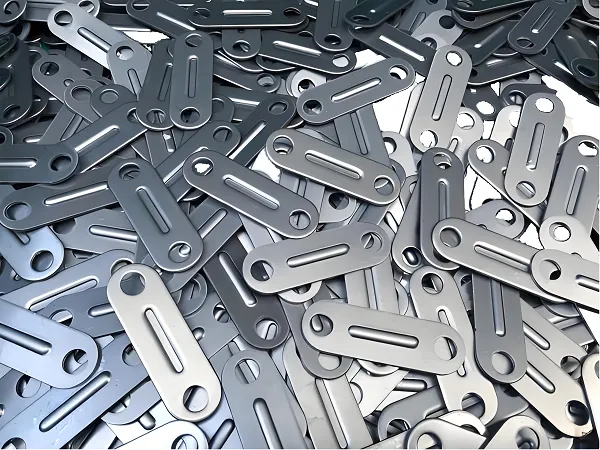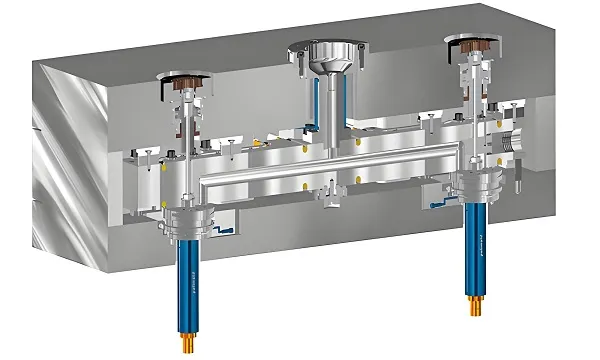Ⅰ. Why Plastics Became the Automotive Industry’s New Darling
Traditional steel-dominated automotive manufacturing has seen a paradigm shift since the 1990s, with plastics now accounting for 12-15% of a vehicle’s total weight. This transformation is driven by:
- Lightweighting Demands: Reducing vehicle weight by 10% improves fuel efficiency by 6-8%. Polyamide (PA) engine covers, for instance, weigh 50% less than metal counterparts.
- Cost Efficiency: Plastic molding cycles are 30% shorter than metal processing, cutting complex part production costs by 40%.
- Functional Integration: One-piece injection-molded dashboards eliminate 80% of assembly steps.
Ⅱ. The “Eight Major Schools” of Engineering Plastics
| Material | Key Applications | Advantages |
|---|---|---|
| Polyamide (PA) | Engine covers, cooling fans | Heat resistance, durability |
| Polycarbonate (PC) | Headlight lenses, dashboards | 90% light transmittance |
| Polypropylene (PP) | Bumpers, interior panels | Recyclability, low cost |
| Carbon Fiber Reinforced Plastic (CFRP) | Structural components | 3x strength vs. standard plastics |
(Data synthesized from industry benchmarks)
Ⅲ. Technological Breakthroughs: From Supporting to Leading Roles
- Advanced Welding:
- Laser welding achieves 85% seam strength of base material for airtight headlight sealing.
- Ultrasonic welding completes bumper bracket joints in <3 seconds with ±0.005mm precision.
- Surface Engineering:
- Plasma activation boosts PP paint adhesion by 300% through surface tension enhancement.
- IMD (In-Mold Decoration) integrates wood-grain textures on Tesla door panels with 0.01mm accuracy.
- Xiamen Goldcattle’s Customization Prowess:
- Developed modular tooling systems slashing development cycles to 15-25 days.
- Launched traceable recycled PP bumpers, reducing recycling costs by ¥1,200/ton.
Ⅳ. Challenges & Future Roadmap
Current Hurdles:
- UV degradation causing bumper discoloration
- Mixed plastic recycling costs reaching 70% of virgin material prices
Innovation Pathways:
- Material Hybridization: BASF’s Ultramid® Advanced N improves creep resistance 5x via nano-modification.
- Circular Economy: EU’s ELV Directive mandates 95% plastic recycling by 2025, driving chemical depolymerization tech.
- Smart Integration: Continental’s radar-embedded bumpers show <1dB signal loss.
Q&A: Automotive Plastic Components
Q1: What are the main advantages of automotive plastics over metals?
A: Plastics reduce weight (enhancing fuel efficiency), lower production costs through streamlined molding, and enable complex geometries unachievable with metals.
Q2: How does Xiamen Goldcattle address customization challenges?
A: Their cloud-based collaborative platform allows real-time mold development tracking and regional 48-hour response services.
Q3: What technical barriers limit plastic adoption in critical components?
A: Thermal stability limitations (e.g., PP degrades above 100°C) and multi-material recycling complexity remain key challenges.
Q4: Are bio-based plastics commercially viable?
A: Yes. Toyota’s plant-based PET seats in Prius reduce carbon footprint by 30%, though costs remain 20% higher than conventional plastics.
Q5: How will 4D printing impact future plastic components?
A: Shape-memory polymers enable adaptive parts like BMW’s self-adjusting grilles, responding to environmental stimuli within 30 seconds.
For detailed technical specifications or collaborative opportunities, refer to cited industry white papers and OEM disclosures.

